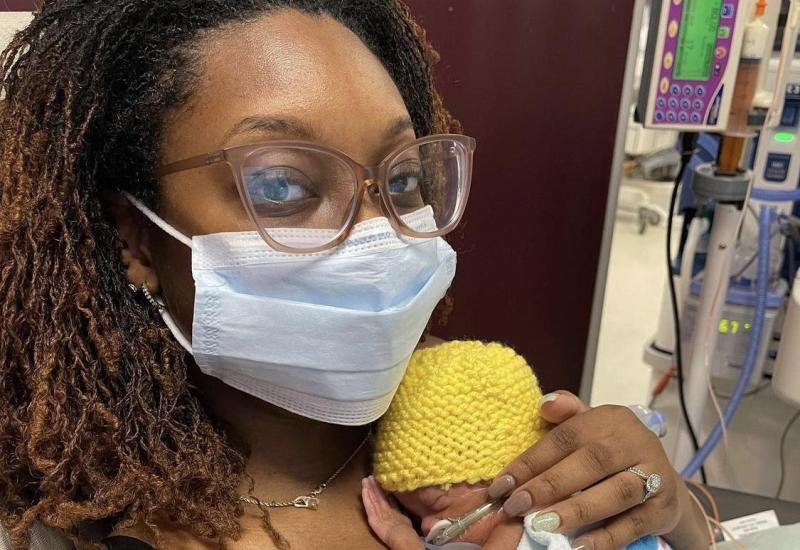National Stroke Awareness Month – Know the Signs & Understand the Risks
(NewsUSA) - By the time you read this article, three people will have had a stroke and one will die. Stroke is the leading cause of serious long-term disability in the United States, impacting nearly 800,000 people each year, with a quarter experiencing another stroke within five years. Despite the prevalence of stroke, 80% are preventable with a combination of medication and healthy habits.
- By the time you read this article, three people will have had a stroke and one will die. Stroke is the leading cause of serious long-term disability in the United States, impacting nearly 800,000 people each year, with a quarter experiencing another stroke within five years. Despite the prevalence of stroke, 80% are preventable with a combination of medication and healthy habits.
This May, during National Stroke Awareness Month, knowing the signs, symptoms and treatment options are key to getting the care needed quickly and potentially preventing another stroke in the future.
Signs & Symptoms
During a stroke, every second counts as 1.9 million brain cells are lost every minute. Receiving treatment quickly can reduce the brain damage caused by stroke. Knowing the signs and symptoms can help you BE-FASTER!
- Balance: Sudden loss of balance
- Eyes: Sudden blurry or loss of vision
- Face: Sudden numbness, one side drooping – can you smile?
- Arms: Sudden weakness in arms - can you raise both arms?
- Speech: Slurred or mumbling speech
- Time: Call 911 immediately
- Emergency Response: Get to the ER by ambulance. They know what to do FASTER!
High blood pressure, heart disease, atrial fibrillation (AFib), diabetes and smoking are all risk factors for stroke.
Preventing a Second Stroke
In the U.S., more than 2,000 people each day have a stroke, and one in four are recurrent strokes. While treatment plans vary, long-term heart monitoring can be a helpful tool in identifying underlying risk factors, such as AFib, which is often asymptomatic and can significantly increase the risk of stroke. In fact, clinical studies have found that, in more than 78% of stroke survivors, AFib would go undetected if monitored for only 30 days.
Yet, findings from a recent sampling of real-world stroke survivors released by the patient advocacy group United Stroke Alliance, with support from Medtronic, found nearly half (43%) of stroke survivors did not receive any form of heart monitoring, potentially leaving them vulnerable to a second stroke. One-third of stroke survivors received some form of short-term heart monitoring, while only 6% were given an insertable heart monitor for long-term, continuous monitoring.
During National Stroke Awareness Month, visit Unitedstrokealliance.org for more information and resources from the United Stroke Alliance, and to learn more about the connection between AFib and stroke, as well as long-term heart monitoring, visit medtronic.com/StopStroke.











